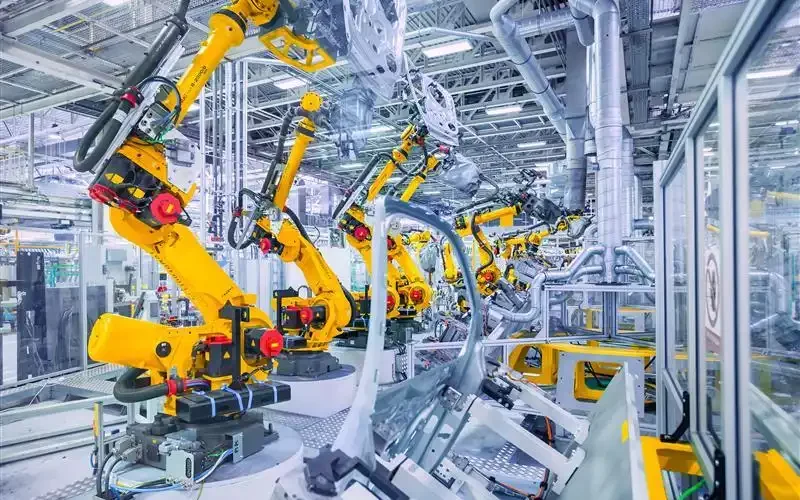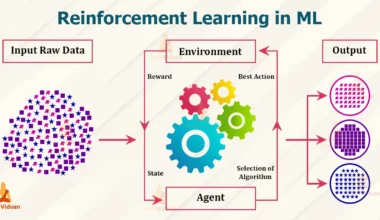A smart factory is a manufacturing facility that uses advanced automation and data exchange to optimize its processes and operations. Smart factories are characterized by the use of:
- Connected sensors and devices that collect data about the factory floor
- Advanced analytics software that analyzes this data to identify trends and patterns
- Automated decision-making systems that use this data to make real-time adjustments to production processes
The benefits of creating a smart factory environment include:
- Increased productivity and efficiency
- Improved quality control
- Reduced costs
- Increased flexibility
- Improved safety
There are a number of steps that can be taken to create a smart factory environment. These steps include:
- Identify the goals of the smart factory. What do you hope to achieve by creating a smart factory? Do you want to increase productivity, improve quality, or reduce costs? Once you have identified your goals, you can start to develop a plan to achieve them.
- Assess the current state of your factory. What are your current manufacturing processes like? What data are you collecting? How are you using this data? By understanding your current state, you can identify areas where you can improve.
- Invest in the right technology. There are a number of different technologies that can be used to create a smart factory. These technologies include:
- Connected sensors and devices
- Advanced analytics software
- Automated decision-making systems
- Cloud computing When choosing the right technology, it is important to consider your specific needs and goals.
- Implement the technology. Once you have chosen the right technology, you need to implement it in your factory. This can be a complex process, so it is important to have a plan in place.
- Train your employees. Your employees need to be trained on how to use the new technology and how to interpret the data that it generates. This training will help them to make the most of the new technology and to contribute to the success of the smart factory.
- Monitor and optimize your processes. Once the technology is in place, you need to monitor your processes and make adjustments as needed. This will help you to ensure that the smart factory is operating at its peak efficiency.
Creating a smart factory environment is a complex process, but it can be a very rewarding one. By following the steps outlined above, you can create a smart factory that will improve your productivity, quality, and profitability.
Here are some additional tips for creating a smart factory environment:
- Start small and scale up as you go. There is no need to invest in all of the latest technology at once. Start by implementing a few key technologies and then add more as you see fit.
- Get buy-in from your employees. The success of a smart factory depends on the cooperation of your employees. Make sure that they understand the benefits of the smart factory and that they are willing to learn how to use the new technology.
- Be patient. Creating a smart factory takes time. Don’t expect to see results overnight. Be patient and persistent, and you will eventually achieve your goals.
The future of manufacturing is smart. By creating a smart factory environment, you can position your company for success in the years to come.thumb_upthumb_downuploadGoogle itmore_vert












